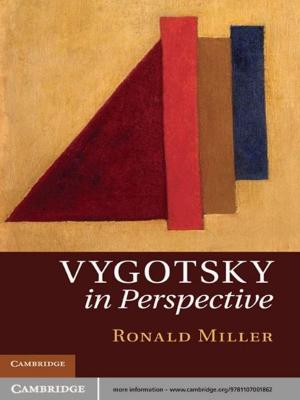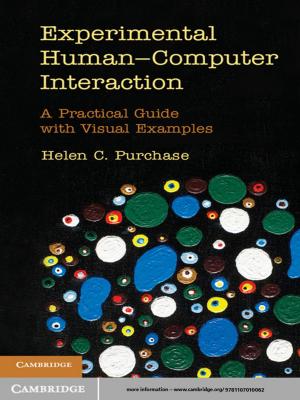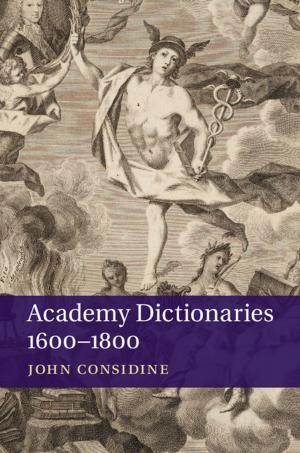Interpreting Ancient Figurines
Context, Comparison, and Prehistoric Art
Nonfiction, Social & Cultural Studies, Social Science, Archaeology, Art & Architecture, General Art, History| Author: | Richard G. Lesure | ISBN: | 9780511994111 |
| Publisher: | Cambridge University Press | Publication: | February 21, 2011 |
| Imprint: | Cambridge University Press | Language: | English |
| Author: | Richard G. Lesure |
| ISBN: | 9780511994111 |
| Publisher: | Cambridge University Press |
| Publication: | February 21, 2011 |
| Imprint: | Cambridge University Press |
| Language: | English |
This book examines ancient figurines from several world areas to address recurring challenges in the interpretation of prehistoric art. Sometimes figurines from one context are perceived to resemble those from another. Richard G. Lesure asks whether such resemblances play a role in our interpretations. Early interpreters seized on the idea that figurines were recurringly female and constructed the fanciful myth of a primordial Neolithic Goddess. Contemporary practice instead rejects interpretive leaps across contexts. Dr Lesure offers a middle path: a new framework for assessing the relevance of particular comparisons. He develops the argument in case studies that consider figurines from Paleolithic Europe, the Neolithic Near East and Formative Mesoamerica.
This book examines ancient figurines from several world areas to address recurring challenges in the interpretation of prehistoric art. Sometimes figurines from one context are perceived to resemble those from another. Richard G. Lesure asks whether such resemblances play a role in our interpretations. Early interpreters seized on the idea that figurines were recurringly female and constructed the fanciful myth of a primordial Neolithic Goddess. Contemporary practice instead rejects interpretive leaps across contexts. Dr Lesure offers a middle path: a new framework for assessing the relevance of particular comparisons. He develops the argument in case studies that consider figurines from Paleolithic Europe, the Neolithic Near East and Formative Mesoamerica.















